Under this research category you can find all theoretical- and field research contributing to the project Urban Corridors. Articles cover as well the biological as social, historical, economical and political aspects of ecological corridors in the city. This page shows the 10 most recent posts that contribute to the topic. For a complete overview of all posts per subtopic, please check the relevant category. The links Urban ArtFarm 2012, 2013 and 2014 display all fieldnotes related to the timeline-development of the Urban ArtFarm since the start.

This work is licensed under a Creative Commons Attribution-NonCommercial-NoDerivatives 4.0 International License.
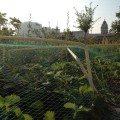
Besides the food-function, the UrbanArtFarm is set up as our open air laboratorium. In this project, … (read more…)
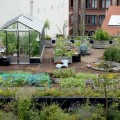
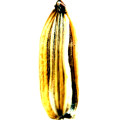
Rosmarinus officinalis – rosemary; Thymus vulgaris – thyme; Eucalyptus gunnii – eucalyptus; Agastache foeniculum – agastache; Salvia officinalis – sage; Origanum vulgare – oregano; Mentha piperita – peppermint; Hyssopus officinalis – hysop; Satureja montana – savory; Matricaria chamomilla – chamomile; Viola tricolor – heartsease; … (read more…)
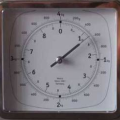
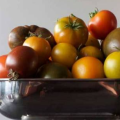
further reading: how to preserve tomatoes? Preservation of vegetables in oil and vinegar: It is now a relatively common practice to bottle vegetables and herbs and spices in either oil, vinegar or a mixture of both. … (read more…)
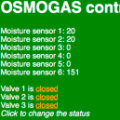
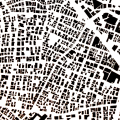
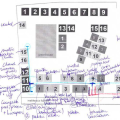
Companion planting is used by farmers and gardeners for many reasons. For farmers using an integrated pest management system, increased yield and/or reduction of pesticides is the goal.For gardeners, the combinations of plants also make for a more varied, attractive vegetable garden, as well as allowing more productive use of space. … (read more…)
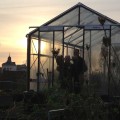
New forms of sculpting the public space can be found in rooftop hacking and squatting, transforming rooftops into urban fields, short chain agriculture. These are interdisciplinary activities situated between art and the broader … (read more…)
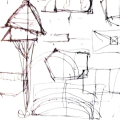
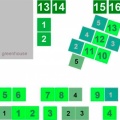
The construction workers next doors help us to bring up soil and other materials with their crane. When the basic outline is nearly ready and the hardest work is done, … (read more…)
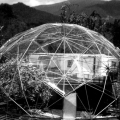
These gardening situations serve especially to look into microsociological and ecological systems related to time as starting points for the development of new artistic practices. The OpenGreens allow us to study the implementation of contemporary art in an ecological context and to observe and draw content from eco-data and natural patterns and processes.
Using media technology and electronics as research tools in these shared laboratories, data from various ecosystems are collected over a period of time. … (read more…)
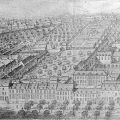
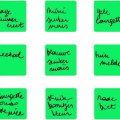
In februari 2012 we put a complementary order of: 12 x 1m3 teelaarde (from which 5m3 will be prepared in 10 bigbags … (read more…)
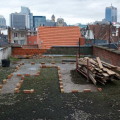
December 2011 I made the first designs for the creation of an Urban ArtFarm.
The Urban ArtFarm (2012) is an extension of the existing edible rooftop garden (2009). The 2 intensive rooftopgardens are situated on top of adjacent parking lots and are physically connected. The edible rooftop garden is specialised in mediterrean and medicinal plants, herbs and flowers – all with an important nectar/pollen value. … (read more…)
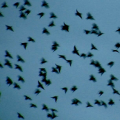
Checklist: local climate regulation; air and water cleansing; water supply and regulation … (read more…)
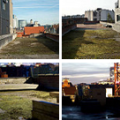
I will formulate an aswer on this question later.
More and more people are living in the cities. We have to search for new modes of sustainable living, new ways of food production. Re-examine the link between the city as consumer and the countryside as provider. In this context, we are researching how to make a network of intensively cultivated city rooftopgardens where we can grow food for the neighbourhood. … (read more…)
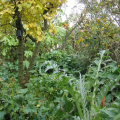
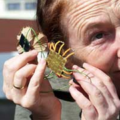
We monitor and extract data from natural processes both on a micro garden level as on a macro city level and make the data available online in realtime with open wireless citynetworks. … (read more…)
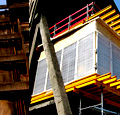
The map of the city is erased and reconstructed from scratch.
How do artists experience a specific city? Edifices, old and new, that are considered landmarks can be reconstructed and arranged along one’s architectural fantasies. Old and new stories weave maps of collective memories. Analog and digital input are mixed. New skylines emerge out of folding architecture. Photographs and movies become new textures. … (read more…)